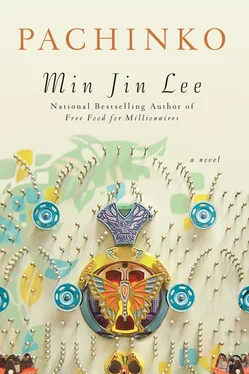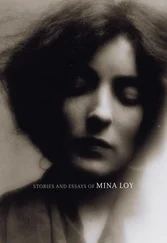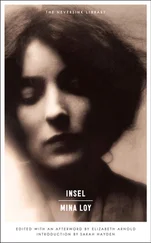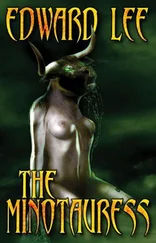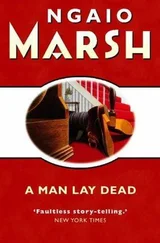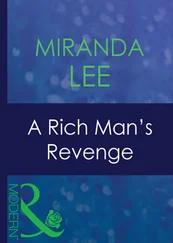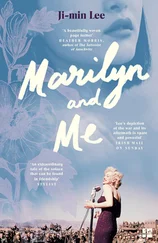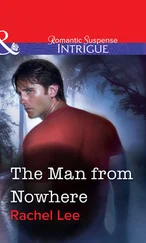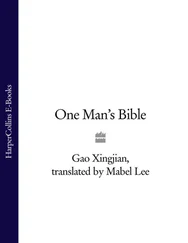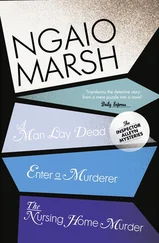Yangjin and Kyunghee agree that “A woman’s lot is to suffer.” Do you think the women suffer more than the men in this book? If so, in what ways? How does the suffering of Sunja and Kyunghee compare to that of Yoseb? Noa and Mozasu’s?
Much is made of Sunja’s fading beauty, as well as the physical appearance of all the women who surround her. What does this reveal about society at this time? Do you see this emphasis on female beauty reflected in present-day culture?
Throughout the book, characters often must choose between survival and tradition or morality. Can you think of any examples that embody this tension?
Many of the main characters struggle with shame throughout their lives, whether due to their ethnicity, family, life choices, or other factors. How does shame drive both their successes and failures?
The terms “good Korean” and “good Japanese” are used many times throughout the book. What does it mean to be a “good Korean”? A “good Japanese”?
“Both men had made money from chance and fear and loneliness.” Pachinko begins with the family of a humble fisherman that, through the generations — and through times of poverty, violence, and extreme discrimination — gains wealth and success. What were the ways in which the family managed to not only survive, but also eventually thrive? What is the relationship among money, race, power, and class?
“Wherever he went, the news of his mother’s death preceded him, wrapping the child in a kind of protective cloud; teachers and mothers of his friends were watchful on his behalf.” In what other ways does death act as a “protective cloud” in this novel?
Compare the many parent-child relationships in the novel. How do they differ across families and generations? What hopes and dreams does each parent hold for their children — and are these hopes rewarded?
Even in death or physical absence, the presence of many characters lingers on throughout the book. How does this affect your reading experience? How would the book have been different if it were confined to one character’s perspective?
Why do you think the author chose Pachinko for the title?
A Conversation with Min Jin Lee
What initially inspired you to write this novel? Why did you choose to focus on Korea and Japan during a time of war?
I learned about the Korean-Japanese people nearly thirty years ago when I was in college. I didn’t know anything about this community, which had its origins during the Japanese colonial occupation of Korea from 1910 to1945. As a history major and as an immigrant, I was curious about the Korean diaspora, resulting from the invasions and destabilization of the once-unified nation. However, what really moved me to write this novel and to rewrite it so many times were the compelling stories of individuals who struggled to face historical catastrophes. Although the history of kings and rulers is unequivocally fascinating, I think that we are also hungry for the narrative history of ordinary people, who lack connections and material resources. The modern Korean is informed by the legacy of the Japanese occupation, World War II, the Cold War, and the Korean War as well as Confucianism, Buddhism, Communism, and Christianity. All these topics are reflected in this book, because they interest me, but I wanted to explore and better understand how common people live through these events and issues. These wars and ideas loom large in our imagination, but on a daily basis, such events and beliefs are illustrated concretely from moment to moment.
What was the process of writing such a long family saga like? Did you begin with that intention and a map of how the characters’ lives would play out, or did you work it out as you wrote?
I wrote a draft of this novel between the years 1996 and 2004, and it was called Motherland ; an eponymous excerpt of it was published in The Missouri Review in 2002. But after I wrote the whole manuscript, I knew there was something wrong with it as a novel draft. Consequently, Motherland became the second novel manuscript I put aside, because it didn’t match the vision I had of the work in my mind. I was also working on Free Food for Millionaires , and although it was my third novel manuscript, Free Food for Millionaires became my first published novel in 2007. That same year, I moved to Japan with my family. In Tokyo and Osaka, I interviewed many Korean-Japanese. Through that process of gathering oral histories, I felt compelled to discard my earlier draft. In terms of plot, in my initial draft, I had started the book in the late 1970s; after my interviews, I realized that the story had to begin in 1910, and my character Sunja moves from Korea to Japan in 1933. To put it mildly, this was a traumatic realization, because I had to change everything and start again. I wrote a new outline with new characters, and Motherland became Pachinko . After I got over my initial shock of having to throw away a whole manuscript, I returned to my desk and wrote new chapter outlines. In short, I do work with outlines and maps, but I am in the habit of throwing away my outlines and maps when necessary. I don’t work very efficiently.
Why did you choose for the narrator’s perspective to switch from character to character, rather than focusing on one person’s experience?
Both Free Food for Millionaires and Pachinko are written in an omniscient point of view. In both works, there is a narrator who knows the viewpoints of each character at all times. In Western literature, omniscient narration was the popular style in the nineteenth century, and it is my favorite point of view for community narratives. In both novels, I wasn’t interested in only one or two main characters. This bias may arise from my personality. I am normally interested in the minor characters as well as the major ones. In realistic fiction and especially in a book-length work, characters cannot exist alone, and certainly they are never in a vacuum. Naturally, the interplay of characters in setting and time affects both plot and characterization. There are major plot lines, but minor plot lines should offer critical support to the story. If history so often fails to represent all of us, it is not because historians are not interested, but because historians often lack the primary documents of so-called minor characters in history. Interestingly, women have become at best the minor characters in history — although we represent half the human race — because we have left so few primary documents in nearly all cultures and civilizations. Also, poor and middle-class men of all races and cultures — although their lives were so often tragically sacrificed in war and labor — are often minor characters in history, because they too did not leave sufficient written evidence of their lives. I am drawn to novel writing using the omniscient point of view because this allows me to imagine and reveal the minds as well as the behaviors of all characters when necessary. For the kinds of books I want to write, I need an omniscient narrator. That said, I love to read first-person (singular and plural), second-person (singular and plural), and third-person limited (fixed or shifting) points of view. The twenty-first-century author has a lot of choices.
Did you consciously shift the narrative tone as you switched perspectives?
I think my narrator’s tone (by “tone,” I mean the attitude the narrator has toward the subject) does not shift much. More than anything, I wanted very much for the tone to be fair. There are remarkable narrators in great works of fiction that are wry ( Pride and Prejudice ), sarcastic and unreliable ( Lolita ), opinionated and high-minded ( Jane Eyre ), humble and curious ( David Copperfield ), and intellectual and world-weary ( Middlemarch ). “Fair” seems like such a simple word, but I think because my subject matter is so troubling and controversial, I wanted my narrator to be as objective as possible. Above all, I wanted the narrator to be sympathetic to every character’s plight. I will be forty-eight years old in November 2016, and as I get older, it is easier for me to imagine and appreciate many more perspectives — perspectives I may have disliked when I was much younger. Especially for this book, I wanted my narrator to be fair to each perspective because the Korean-Japanese are so seldom written about in English. I find that in life, even the most unsympathetic person has a clear delineation of his motives, however complex and unappealing, but to him, there is a moral clarity to his actions. I think part of my job as a storyteller is to recognize the congruity or incongruity of his motives and behavior and somehow still be fair to the character and to the reader. I think, especially here, if the narrator is fair, then the reader can decide what happened and what she feels about the story.
Читать дальше
